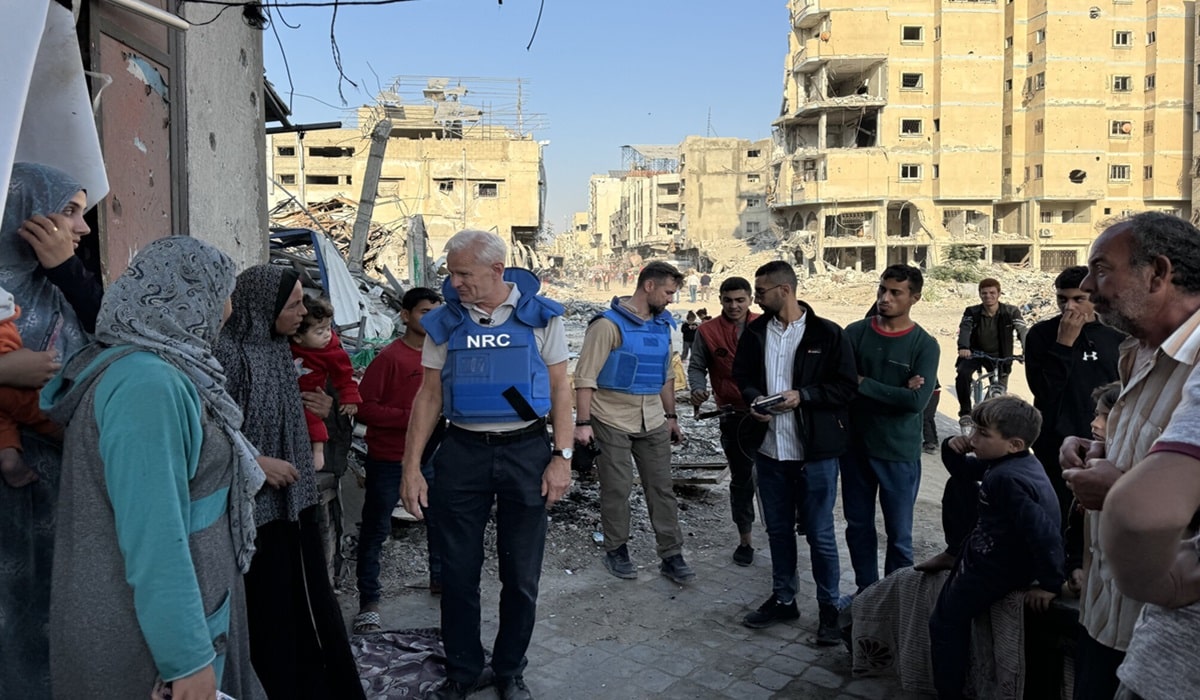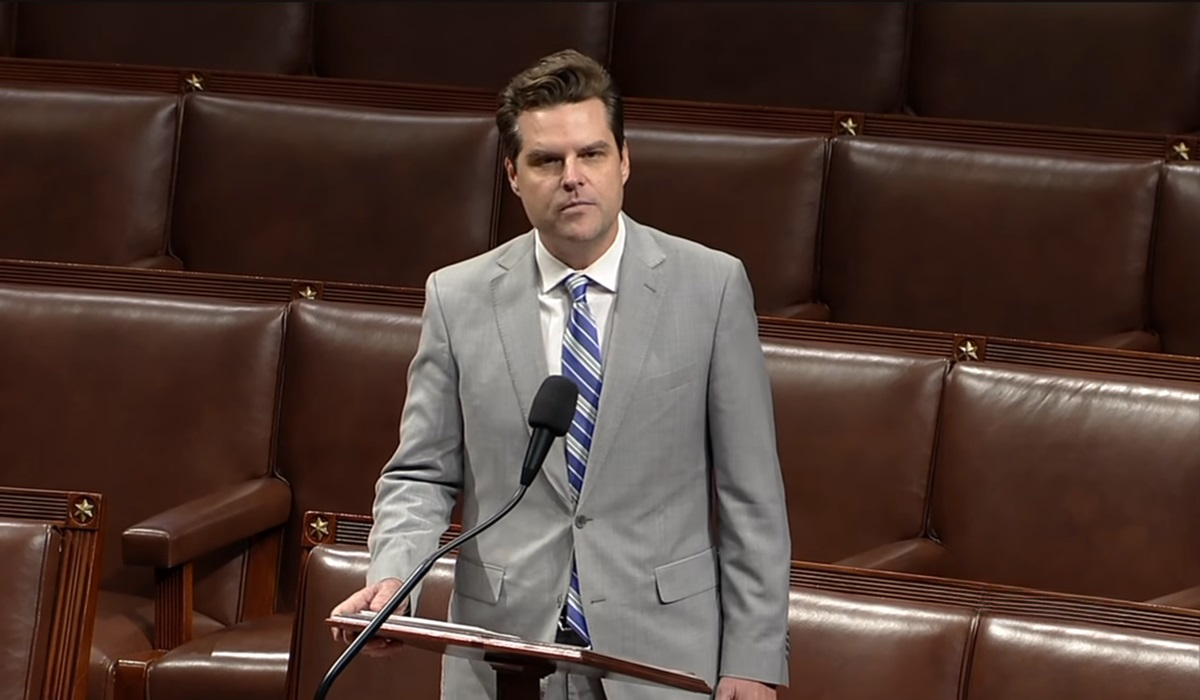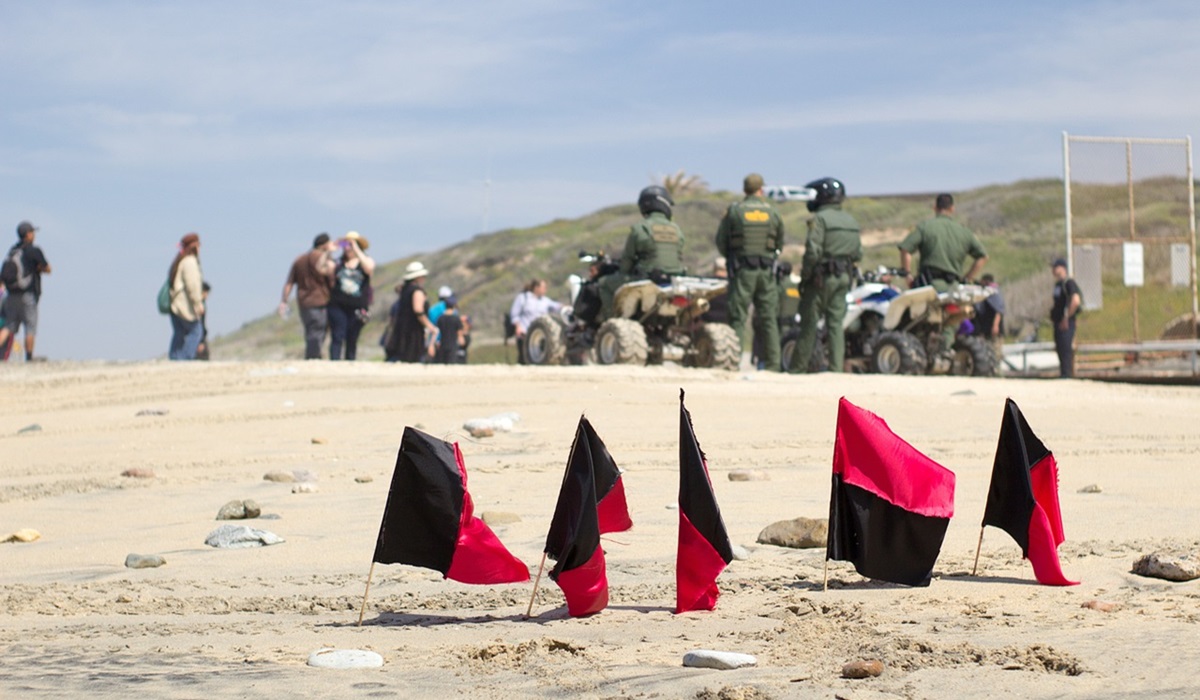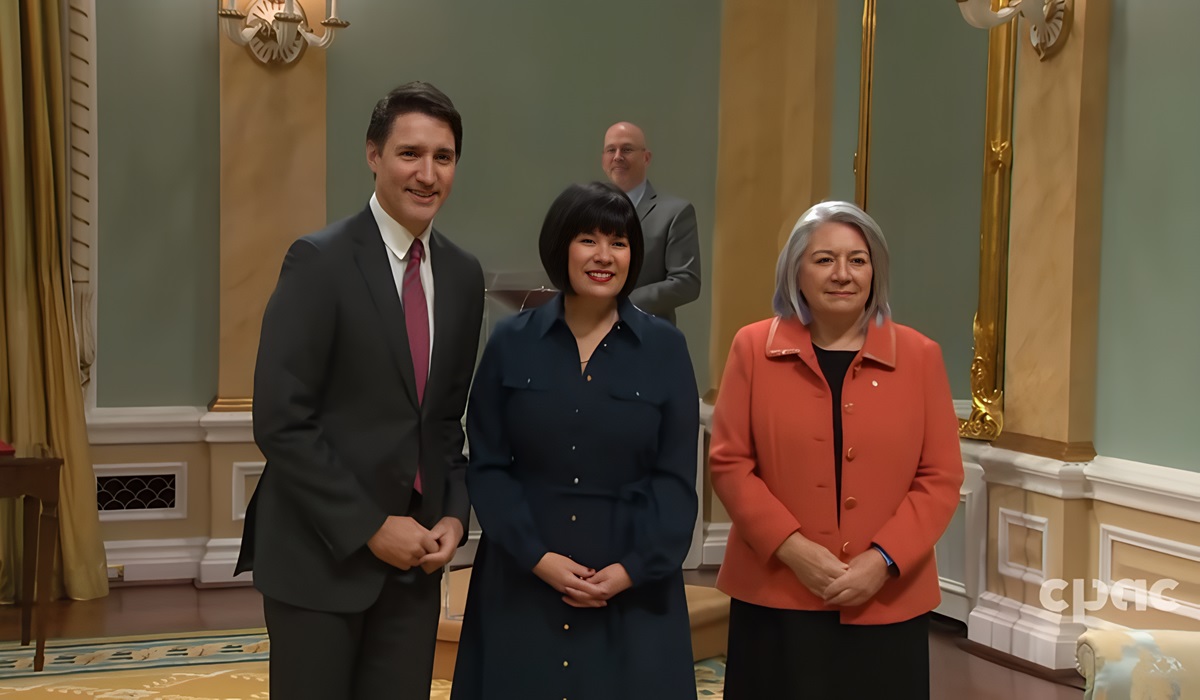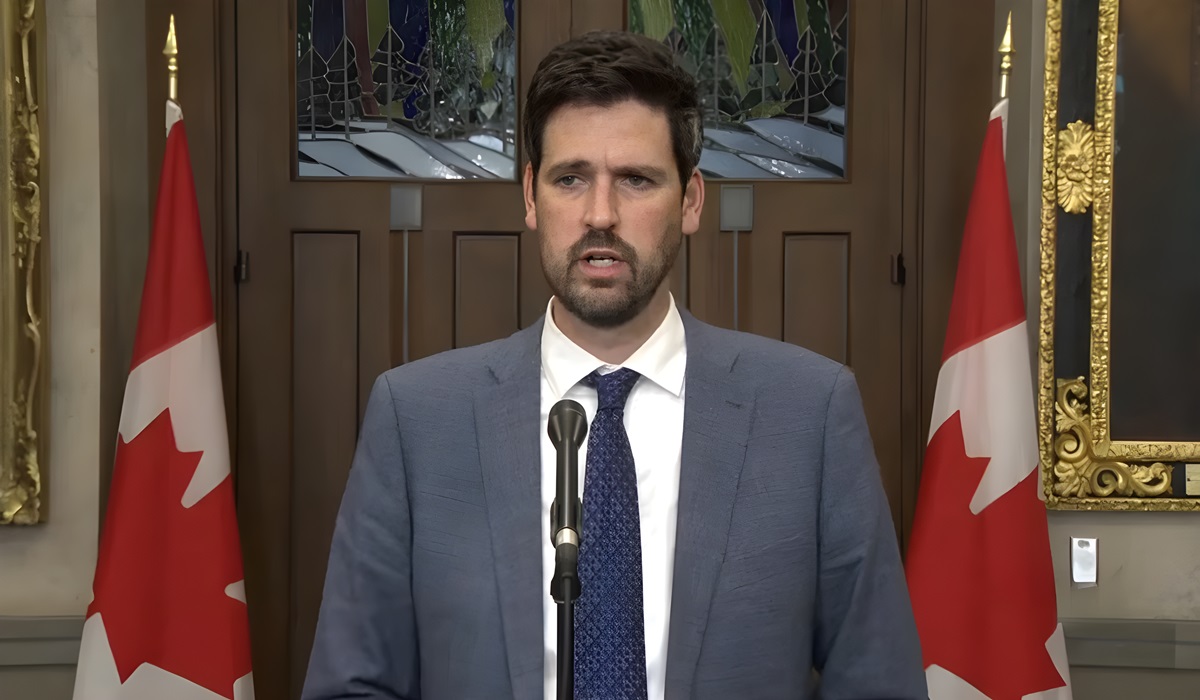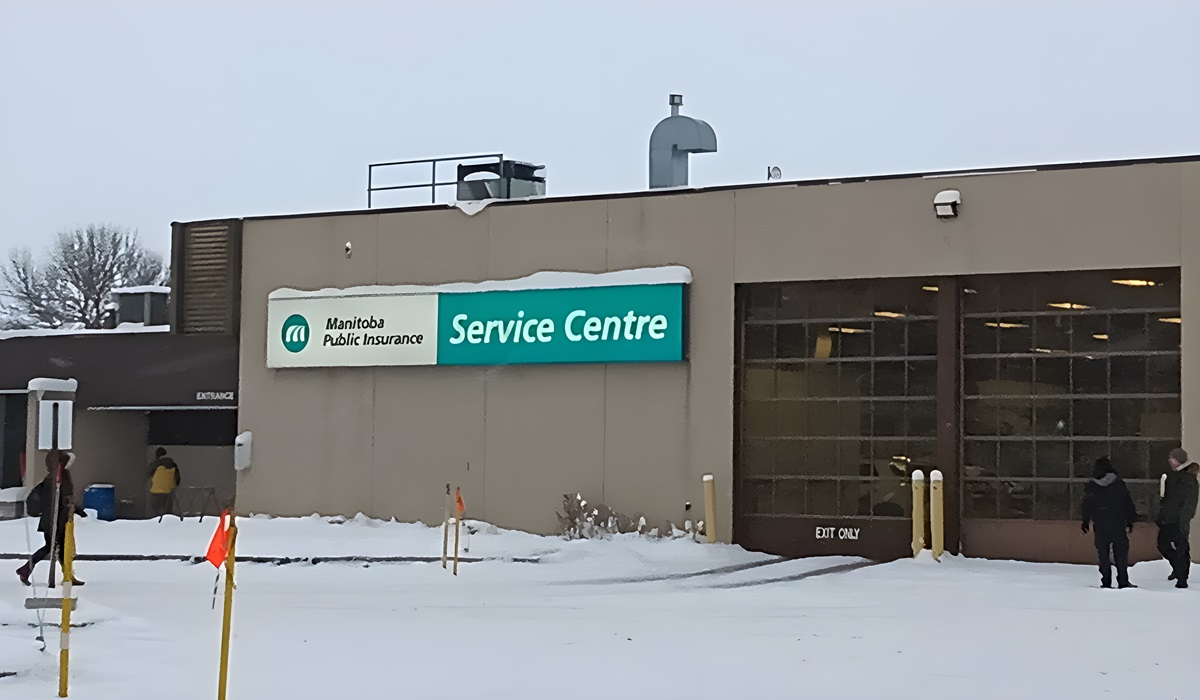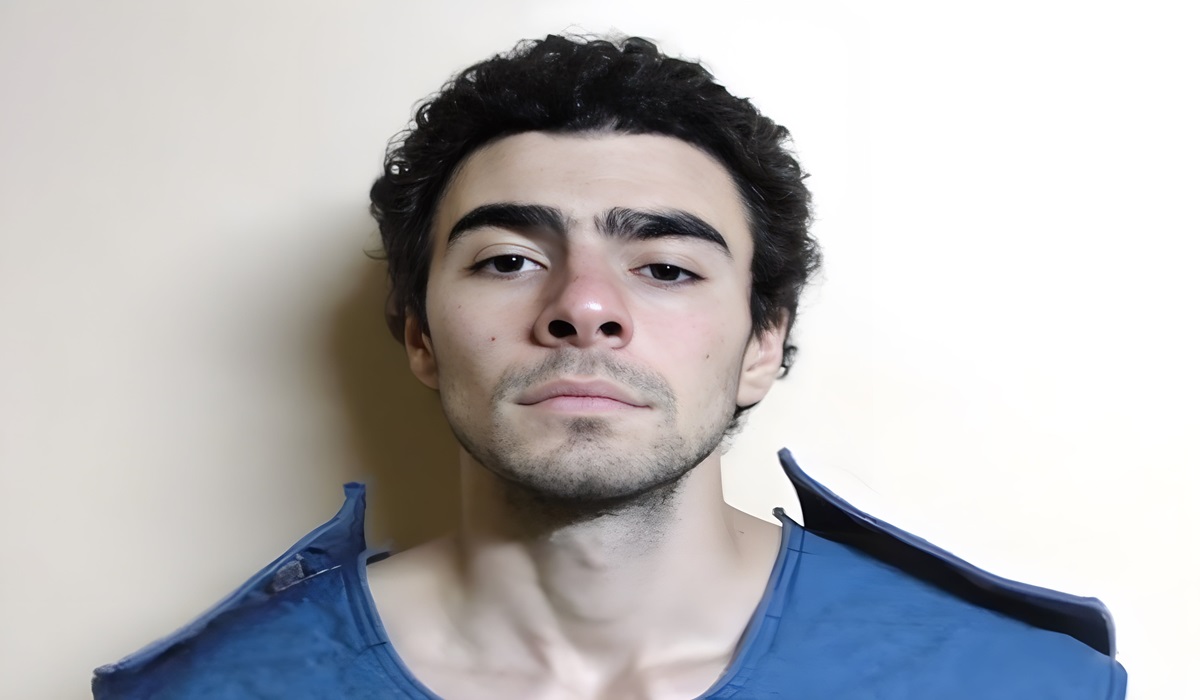Image Credit, NRC
After 13 months of relentless violence, Palestinians in Gaza have lost everything. Visiting Gaza this week, Norwegian Refugee Council (NRC) Secretary General Jan Egeland witnessed the almost unparalleled suffering of families there.
The landscape in Gaza today paints a picture of humanity on the brink of erasure. After more than a year of continuous violence, Palestinian families have endured suffering and loss on an unimaginable scale. Norwegian Refugee Council (NRC) Secretary General Jan Egeland’s visit to Gaza has brought to light the near-total devastation across the northern and central regions, a tragedy beyond the limits of comprehension. Egeland described scenes of “absolute despair”—a city reduced to ruins, with families separated, communities without food or water, and citizens denied the dignity of a proper burial.
The relentless assault on Gaza has shattered all semblance of safety. While Israel claims these actions are self-defense, the reality on the ground tells a much darker story. Egeland noted the destruction inflicted by Western-supplied arms as one that renders Gaza nearly uninhabitable for its nearly two million residents. This is not a targeted military operation; it is the systematic dismantling of an entire population’s way of life. In Egeland’s words, “This is in no way a lawful response.” Each strike, each forcible transfer order, each barrier to aid, chips away at what is left of Gaza’s humanity.
The statistics speak volumes about the dire humanitarian crisis. Ninety-one percent of Gaza’s population is now food-insecure, with sixteen percent facing catastrophic starvation levels. Basic supplies, including food and water, are severely limited as civilians are forced into overcrowded zones deemed “safe” by Israel—zones that lack any true guarantee of protection. Aid workers, journalists, and civilians alike are at risk, caught in a deadly loop of violence and deprivation that has turned Gaza into the deadliest place for humanitarian workers and journalists in 2024. This isn’t just a conflict; it’s a ceaseless war on survival, trapping families in a cycle of relentless fear, hunger, and displacement.
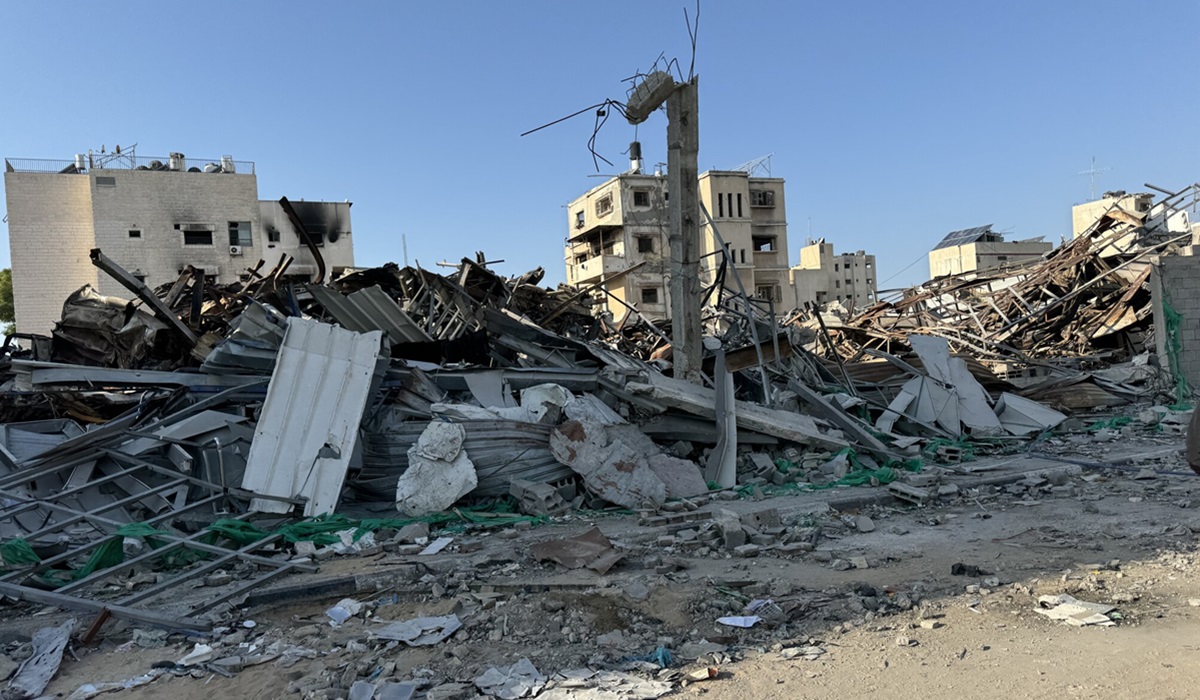
The realities facing Gaza’s people extend beyond the immediate dangers of bombs and gunfire. Winter approaches, and hundreds of thousands lack even a makeshift shelter. Children and the elderly are exposed to the elements without adequate supplies, while the flow of humanitarian aid has slowed to a trickle. The figures are staggering: nearly two million people are internally displaced, and in the northern regions, approximately 100,000 people are completely cut off from aid. A meager 36 trucks of aid crossed into Gaza throughout October, a testament to how severely aid is stifled by bureaucratic obstacles and unending hostilities.
Even the promise of “humanitarian bubbles” has failed to reassure humanitarian organizations, who fear these areas will become little more than militarized containment zones, violating civilian protection principles and furthering forced displacement. Forcible transfers under these conditions are illegal under international law, yet such policies continue to be implemented on a massive scale, depriving Gaza’s population of any secure place to call home.
Jan Egeland’s plea to global leaders is urgent and uncompromising. As he notes, “This should be a wake-up call to leaders everywhere.” His voice, however, echoes in a world where the powerful continue to act with impunity, allowing ordinary people to pay the heaviest price. The international community must see these scenes of desolation as a call to action. Humanitarians bear witness to these atrocities, but only those in positions of power have the ability to bring this nightmare to an end. Failure to act now means bearing witness to the slow, deliberate erasure of humanity in Gaza—a crime against human decency that history will neither forgive nor forget.

